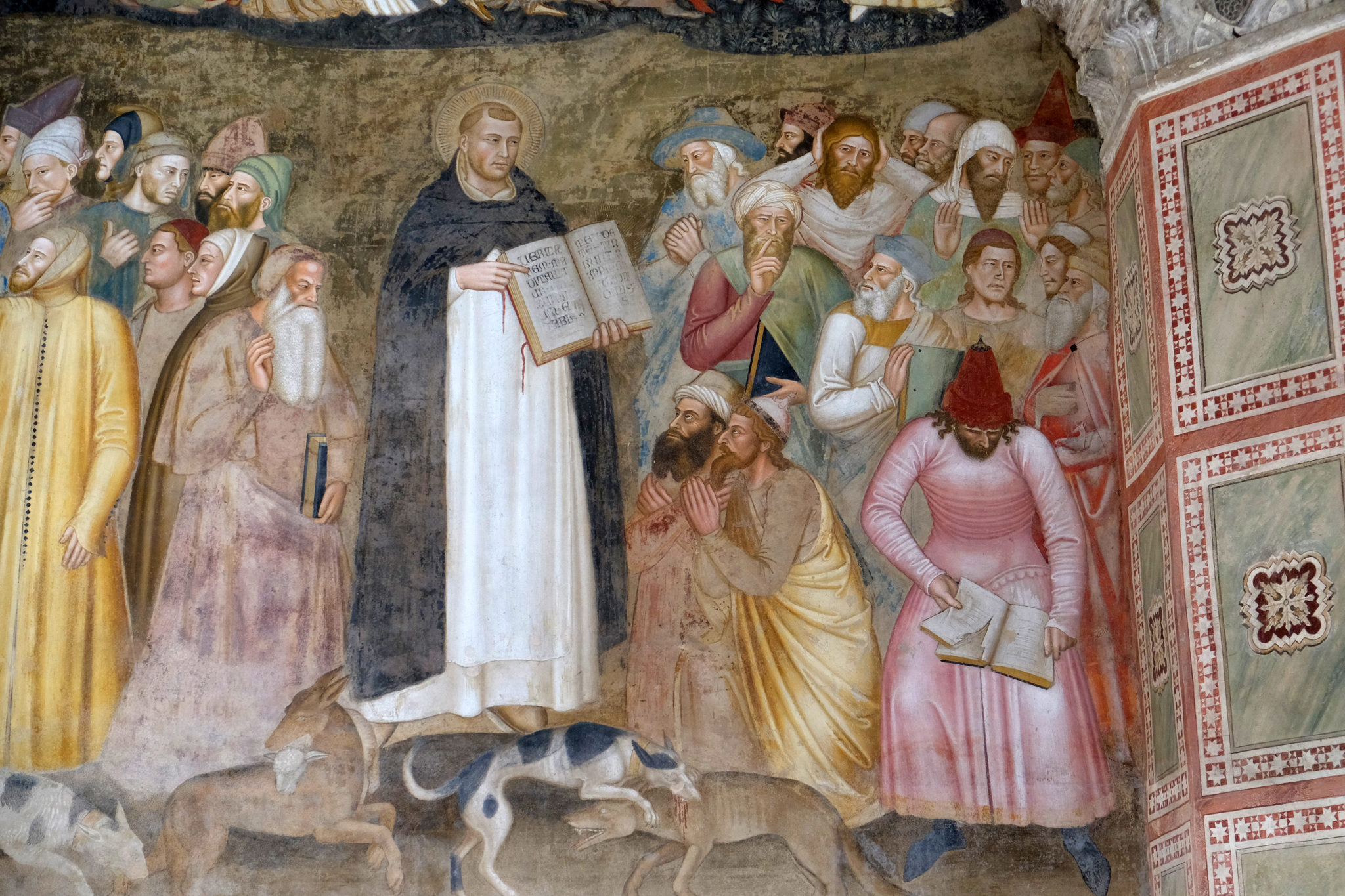3 Things You May Not Know about Thomas Aquinas
As a student of Christian history, I find the details of the lives of Christendom’s giants to be fascinating, inspiring, and even amusing. I hope that the following experiences in Thomas Aquinas’s life will do the same for you as you see the common humanity in our union with Christians from all times.
Many people consider St. Thomas Aquinas (1225–1274) to be the greatest thinker in the history of Christendom. A medieval scholastic philosopher and theologian, Aquinas’s system of thought (called “Thomism”) was declared the official philosophy of the Roman Catholic Church. In a life span of fewer than 50 years, he became a voluminous writer and masterful defender of classical Christian theism. Written almost 750 years ago, Summa Theologiae is arguably Aquinas’s magnum opus.
Yet, while he is one of the most famous philosophers in all of Western civilization, there are three things you may not know about Aquinas.1 You may find them surprising.
1. Thomas was ridiculed as a young person.
Thomas was born in the family castle of Roccasecca midway between Rome and Naples, Italy—the youngest son of the knight Landulf of Aquino (thus the name “Aquinas”) in the High Middle Ages. At the tender age of five, he began his schooling at the famous Abbey of Monte Cassino where he was educated by the priests and monks of the Benedictine order of the Catholic Church. He was heavyset and slow of speech as a young person so some of his fellow students called him “the dumb ox.” Ironically, Thomas was anything but unintelligent. He would go on to prove himself a philosophical and theological genius. In fact, Thomas may have possessed the brightest mind in Christian history.
2. Thomas’s parents opposed his desire to become a Dominican priest.
The Dominican Order, also known as the Order of the Preachers (OP), was founded by St. Dominic de Guzman in 1219. At nineteen, Thomas decided to join the order, but it didn’t carry the prestige and influence as that of the Benedictines, with which Thomas and his family had been previously associated. The story is that his parents had him kidnapped and locked away to try to dissuade him of his choice in religious orders. Yet Thomas was deeply committed to becoming a priest and, after a year in captivity, his mother arranged for him to “escape” through a window and he went on to join the Dominican order.
3. Thomas had a powerful vision that made him give up his writing career.
While saying mass one day, Aquinas experienced a mystical vision that was so powerful it made him view everything he had written as “straw worthy to be burned.” His vision of heavenly realities left him thinking that he could not adequately describe the profound mysteries revealed in Christian theology. Although his masterpiece Summa Theologiae consists of some two million words, he left it unfinished when he died at 49 years of age.
Even people who are familiar with his life and thought may not know of these three events. Aquinas’s achievements as a Christian scholar mark him as one of the most advanced thinkers of his time and the rationality of historic Christianity is in part demonstrated by the remarkable thinkers the faith has produced through the centuries. Yet, he was also a man who faced challenges and difficulties in his life just like all of us.
So, how about taking up his book Summa Theologiae? You’ll be reading a Christian classic as well as a masterwork of Western civilization.
Reflections: Your Turn
Which of the three points about Aquinas did you find most interesting? Visit Reflections on WordPress to comment.
Resources
For more about Thomas Aquinas and his accomplishments as a Christian thinker and writer, see Kenneth Richard Samples, Classic Christian Thinkers (Covina, CA: RTB Press, 2019), chapter 5.
Endnotes
1. G. K. Chesterton, Saint Thomas Aquinas: The Dumb Ox (New York: Doubleday, 1933).






